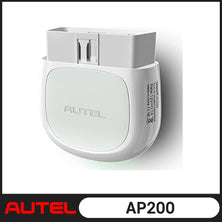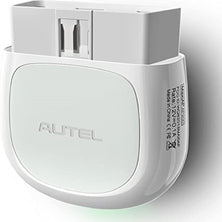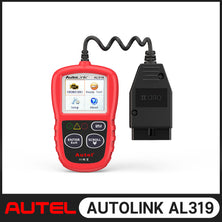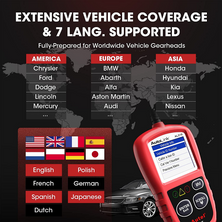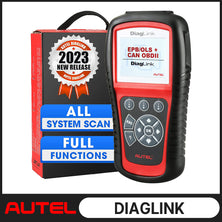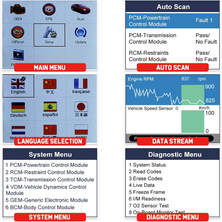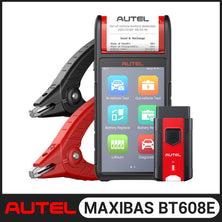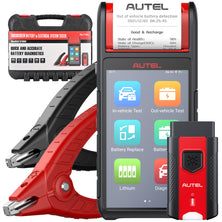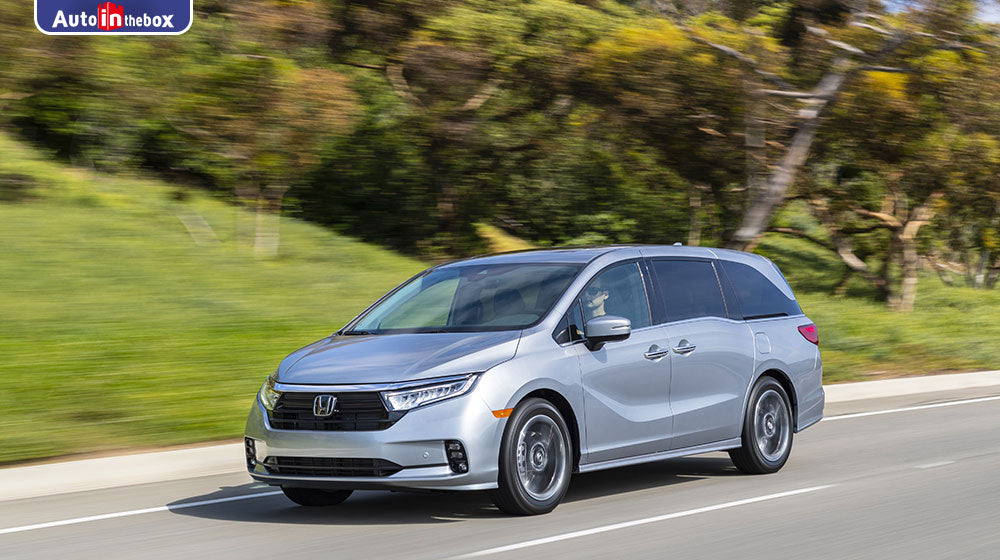
How to Obtain Roadside Assistance Contracts
It never fails. Your car always breaks down at the worst time and often in a location where help is miles away. Sure, you have a cell phone, but you have no idea what's wrong with your car and who to call in order to fix it. Or you're in your best suit and don't want to change a tire. But for pennies a day, you can buy the peace of mind and have help available 24/7.
Instructions
1. Write down a list of the services you'll need beyond the usual tire changing and battery charging. Do you live in a rural area that's a long way from a mechanic? You might need coverage that provides long distance towing, as some services will only tow your car a few miles; after that, a towing bill can run into hundreds of dollars. For example, AAA offers three levels of service with vastly different towing coverage and pricing. The basic plan will tow your vehicle three miles; while the most expensive plan will provide a tow of up to 200 miles (see Resources).
2. Learn the basics of roadside assistance before shopping. Then compare the services and cost of each company. And consider the "extras" that don't have anything to do with car problems. Some programs provide travel agency assistance and shopping discounts (see Resources).
3. Call a few local mechanics and car repair shops to find out if they are contracted by the company you're considering. A roadside repair contract won't do you much good if the nearest mechanic is hours away. You'll want a company that has mechanics who are within a reasonable distance from your home or the areas you travel frequently. Determine what the average response time will be.
Tips & Warnings
Make sure the assistance number is programmed into your phone, written down in your glove compartment and in your wallet or purse. A roadside assistance contract won't do you much good if you can't call for help.
Consider how many tows or service calls are included in the program. You don't want out of pocket expenses after one or two calls for help. Find out what services are completely covered. Consider whether you'll have to pay for services up front and be reimbursed by the service. Consider how many drivers are covered by the plan, and if you are covered when driving another person's vehicle. Make sure you don't already have free roadside assistance. Many car manufacturers offer free roadside assistance for a time with new car purchases, so you might be throwing money away on something you already have!
Instructions
1. Write down a list of the services you'll need beyond the usual tire changing and battery charging. Do you live in a rural area that's a long way from a mechanic? You might need coverage that provides long distance towing, as some services will only tow your car a few miles; after that, a towing bill can run into hundreds of dollars. For example, AAA offers three levels of service with vastly different towing coverage and pricing. The basic plan will tow your vehicle three miles; while the most expensive plan will provide a tow of up to 200 miles (see Resources).
2. Learn the basics of roadside assistance before shopping. Then compare the services and cost of each company. And consider the "extras" that don't have anything to do with car problems. Some programs provide travel agency assistance and shopping discounts (see Resources).
3. Call a few local mechanics and car repair shops to find out if they are contracted by the company you're considering. A roadside repair contract won't do you much good if the nearest mechanic is hours away. You'll want a company that has mechanics who are within a reasonable distance from your home or the areas you travel frequently. Determine what the average response time will be.
Tips & Warnings
Make sure the assistance number is programmed into your phone, written down in your glove compartment and in your wallet or purse. A roadside assistance contract won't do you much good if you can't call for help.
Consider how many tows or service calls are included in the program. You don't want out of pocket expenses after one or two calls for help. Find out what services are completely covered. Consider whether you'll have to pay for services up front and be reimbursed by the service. Consider how many drivers are covered by the plan, and if you are covered when driving another person's vehicle. Make sure you don't already have free roadside assistance. Many car manufacturers offer free roadside assistance for a time with new car purchases, so you might be throwing money away on something you already have!
Older Post
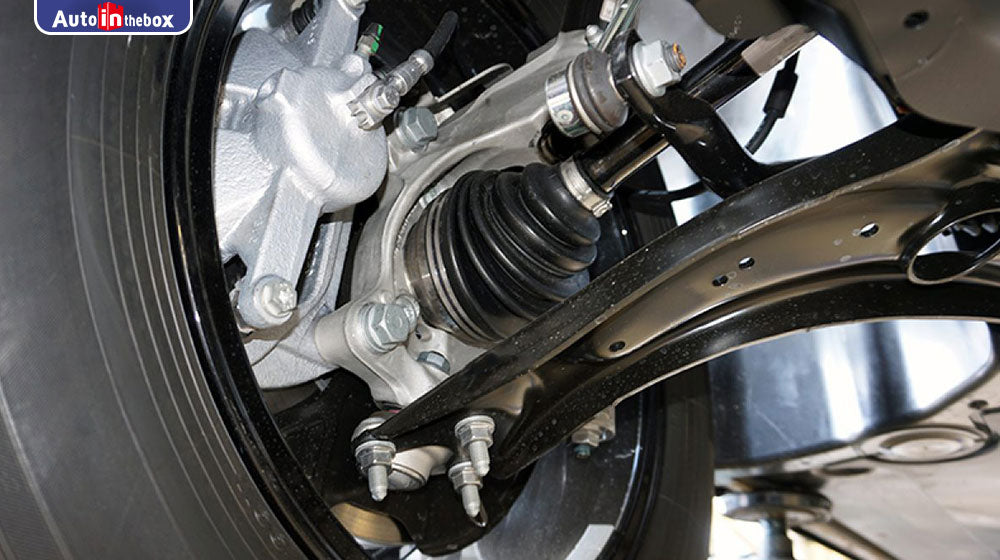 Newer Post
Newer Post
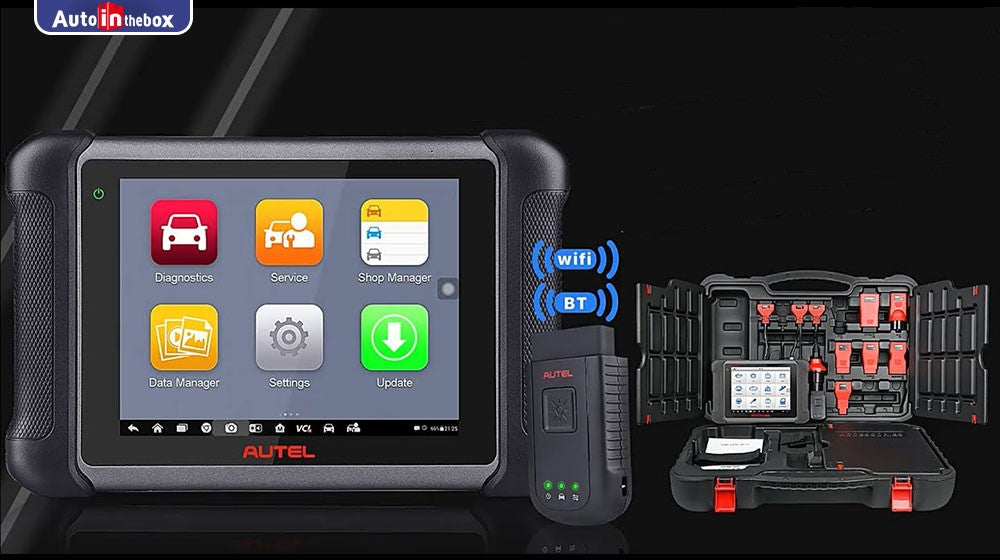
How to Check Ball Joints

Autel Maxicom MK906BT vs MS906BT: A Comparison Guide



